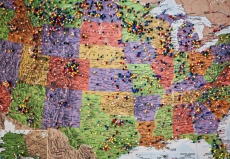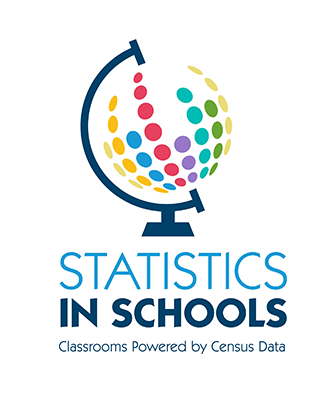Diversity: Differences in Communities
Activity Description

Students will learn what it means to have a diverse country. First, students will explore the idea of diversity. Then they will examine diversity in their classroom, in their state, and in three other states across the country, including South Dakota, Texas, and New Jersey. These states represent different geographic locations and are also states with a high population of people with a bachelor’s degree, people who speak a language other than English at home, and American Indians and Alaska Natives.
Suggested Grade Level
3-4
Approximate Time Required
30 minutes
Learning Objectives
Students will be able to:
- Use a problem-solving model to analyze data.
- Interpret information presented in a data table, and draw conclusions based on that data.
- Communicate mathematical ideas using various representations.
- Understand and provide examples of how their community is diverse.
- Make comparisons between different sets of data.
- Understand why it is important to get an accurate count in the decennial census.
Materials Required
- Chart paper and a marker (or other writing tool) to record student answers
- Printed student worksheets
- A computer and projector or interactive whiteboard with internet
- If technology is unavailable in the classroom, simply print a copy of your state’s data using QuickFacts (link below) for each student in the class.
- QuickFacts data tool
- Colored pencils or crayons for students
Page Last Revised - October 8, 2021




